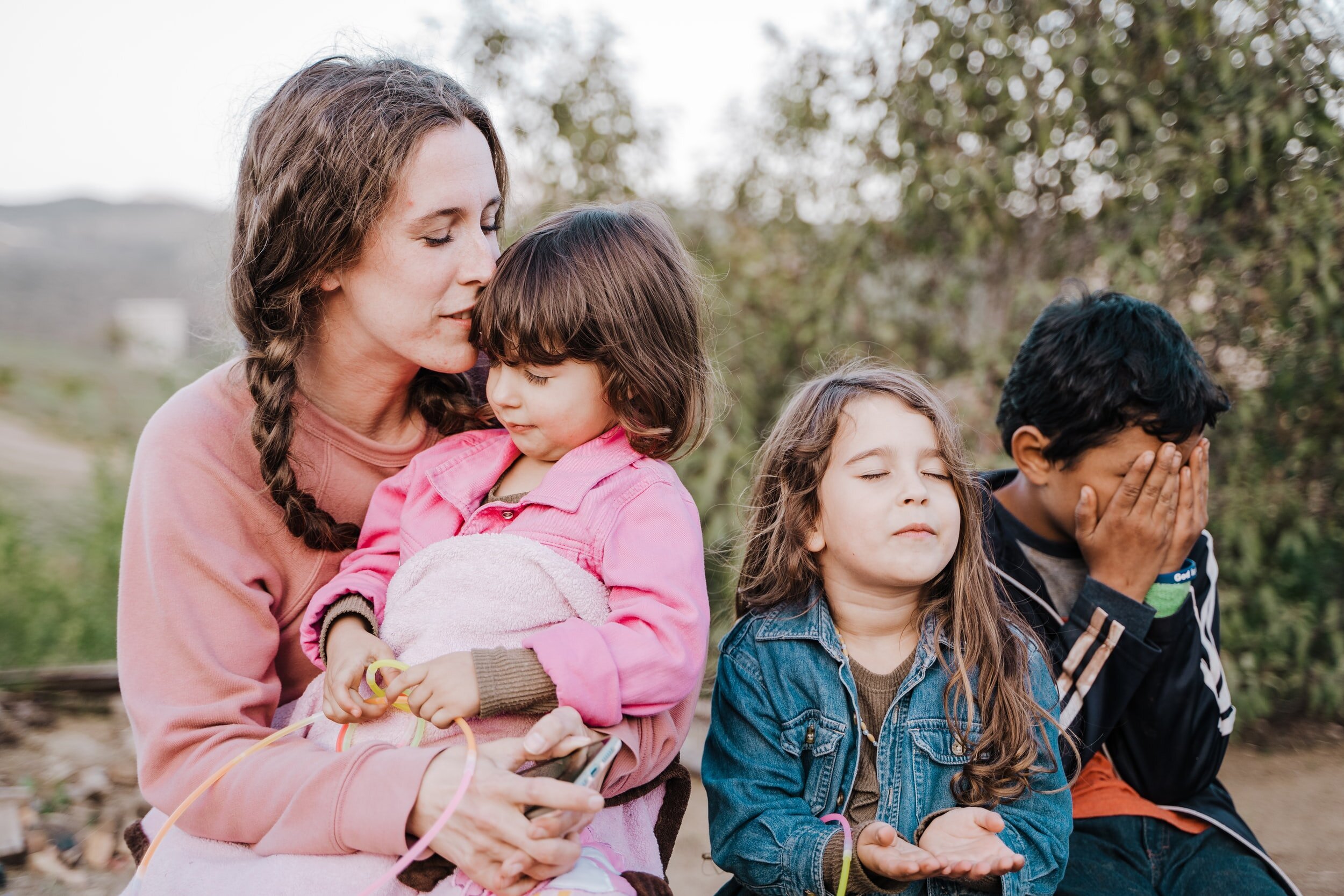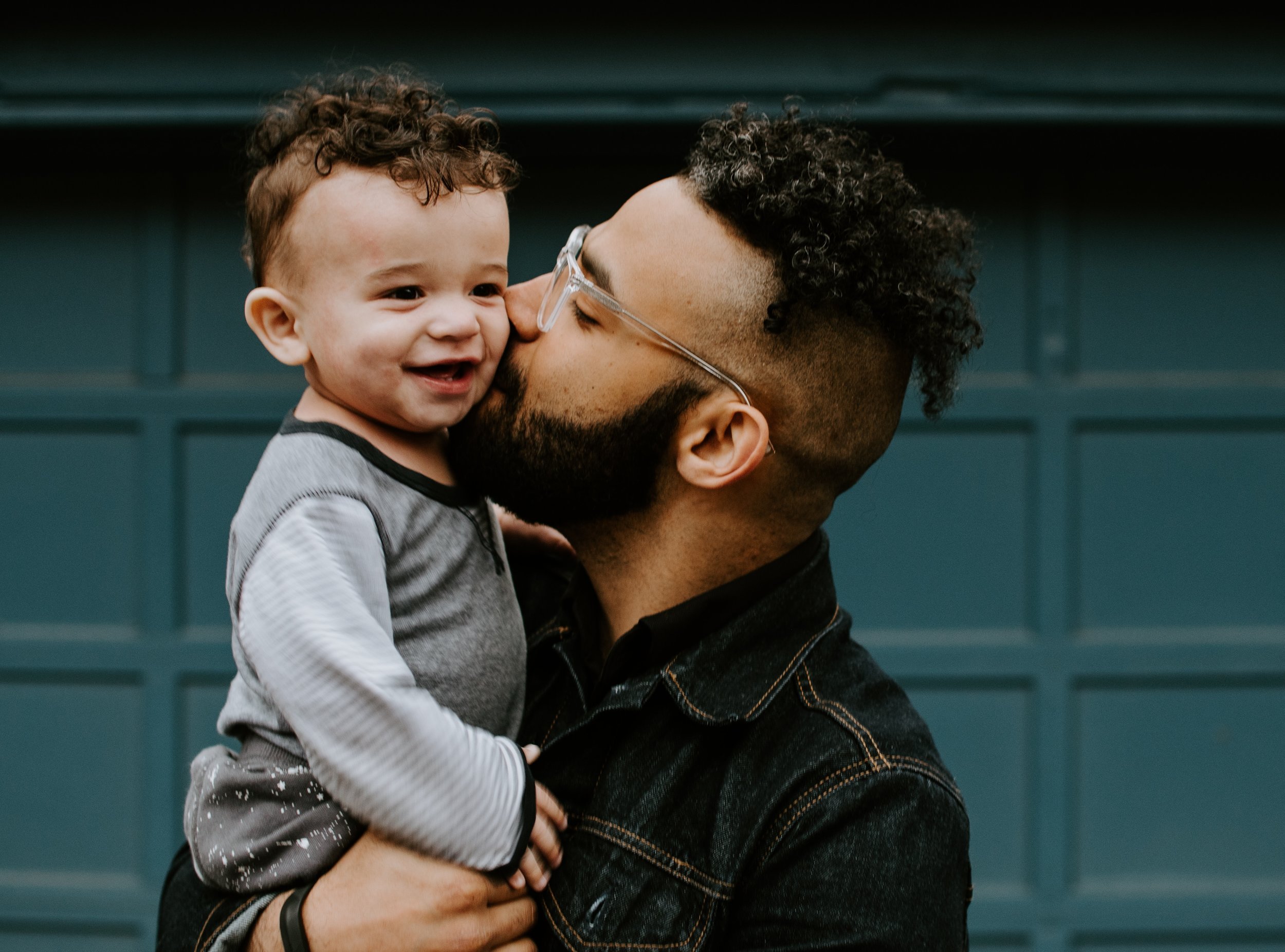Blogs and Latest News
Foster Youth Storytelling: Less Vulnerability, More Resiliency
Both news and popular media are used to portraying foster youth as permanently damaged, either by the circumstances that led them to foster care and/or by the broken system that failed them.









